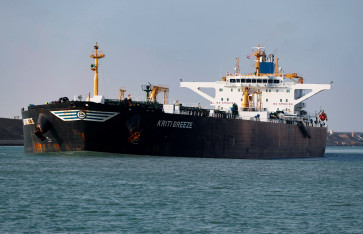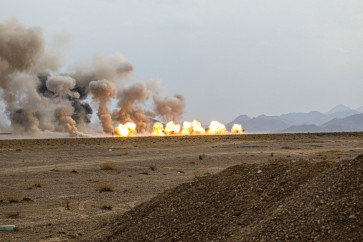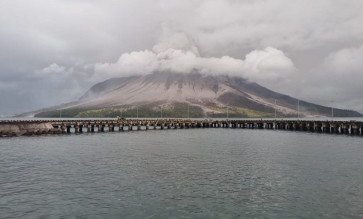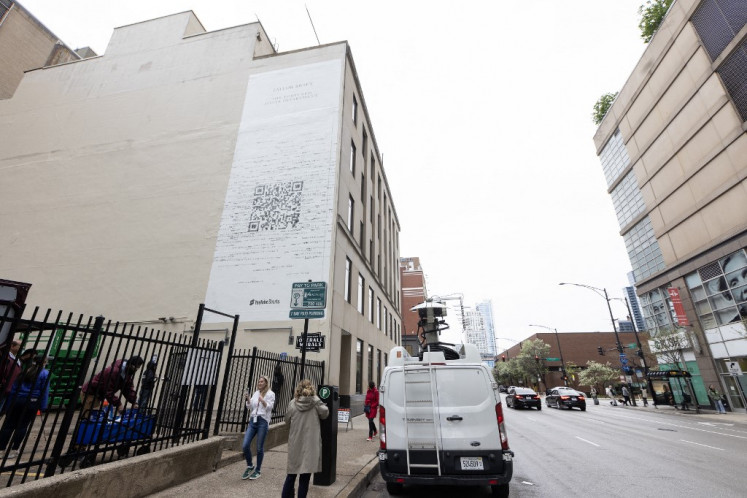Saving the planet with slow fashion
An exhibition is highlighting the role of slow fashion for saving the environment at a time when 200 international clothing brands are exploiting water resources in Indonesia.
Change Size
 Eye contact: A visitor looks at a series of photographs about dark fashion worldwide. (JP/A. Kurniawan Ulung)
Eye contact: A visitor looks at a series of photographs about dark fashion worldwide. (JP/A. Kurniawan Ulung)
C
urator Aprina Murwanti was probably the only person who was sad upon hearing the news that President Joko “Jokowi” Widodo wore a green bomber jacket at a press conference in November last year.
“Why didn’t he wear a jacket from a local brand?” she asked, knowing that the bomber jacket was a product of the Zara fashion label.
It seems the president loved the attire so much he wore it again when introducing two baby goats at the palace in his recent video blog (vlog). Aprina, however, does not blame Jokowi, assuming the president did not know that Zara, one of the world’s largest fashion retailers, is the pioneer of fast fashion.
Read also: Rocking low-maintenance fashion, Jokowi style
Fast fashion refers to the mass production of ready-to-wear fashion items that mimic current trends.
The production method was once lauded for democratizing high-end lifestyles. However, the expedited process to get new trends to market as quickly and as cheaply as possible, causes many destructive impacts globally, particularly on the environment.
The new exhibition, “Fast Fashion — The Dark Side of Fashion and Slow Fashion Lab,” at Gudang Sarinah in South Jakarta, discusses the negative effects of fast fashion, while promoting slow fashion as its opposite and alternative.
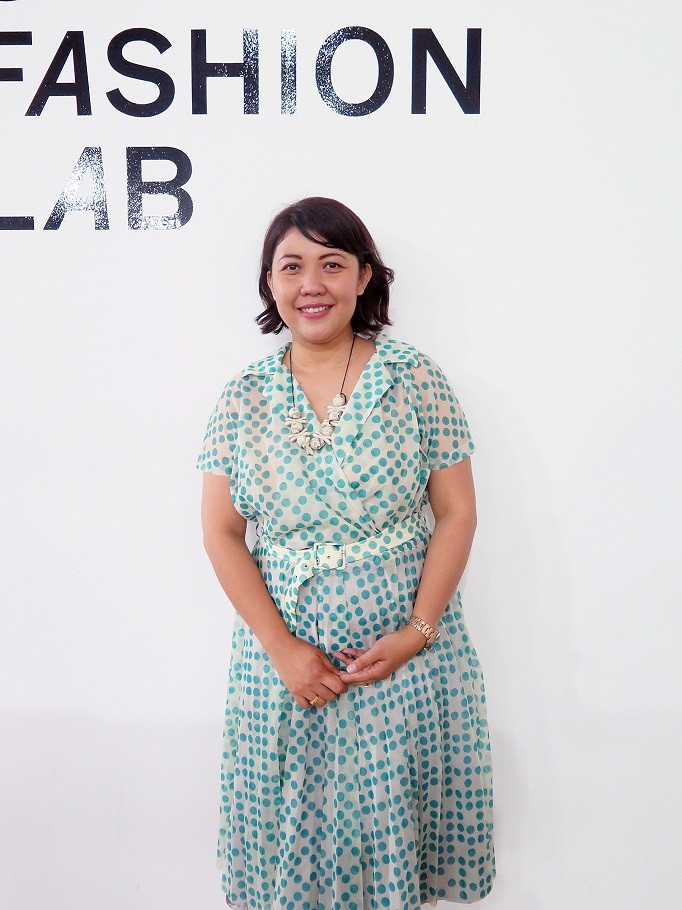
Curated by Aprina and German Claudia Banz, the exhibition is part of IKAT/eCut, the Goethe-Institut project, aimed at exploring the past, present and future of textiles in Southeast Asia, Australia, New Zealand and Germany. The exhibition features documentaries, photography and fashion brands and details the history and statistics of fashion.
“The alternative to fast fashion is slow fashion. If we care about the four pillars, — ecology, economy, society and culture, we should choose slow fashion,” said Aprina.
Slow fashion, which represents sustainable and conscious fashion, challenges fast fashion, by encouraging manufactures and consumers to respect people, the environment and the products themselves.
Read also: Fast fashion fading as H&M, Zara shine light on industry strains
For Aprina, slow fashion and fast fashion are also about the behavior of consumers themselves.
“When we have a dress with a hole torn in it and we go to a tailor to repair it, that action is also slow fashion,” she said.
Aprina understands that the word ‘slow fashion’ is not yet familiar to most people. However, dressmaking skills are a form of slow fashion, which, for centuries have been passed down by our ancestors, including hand-crafted batik.
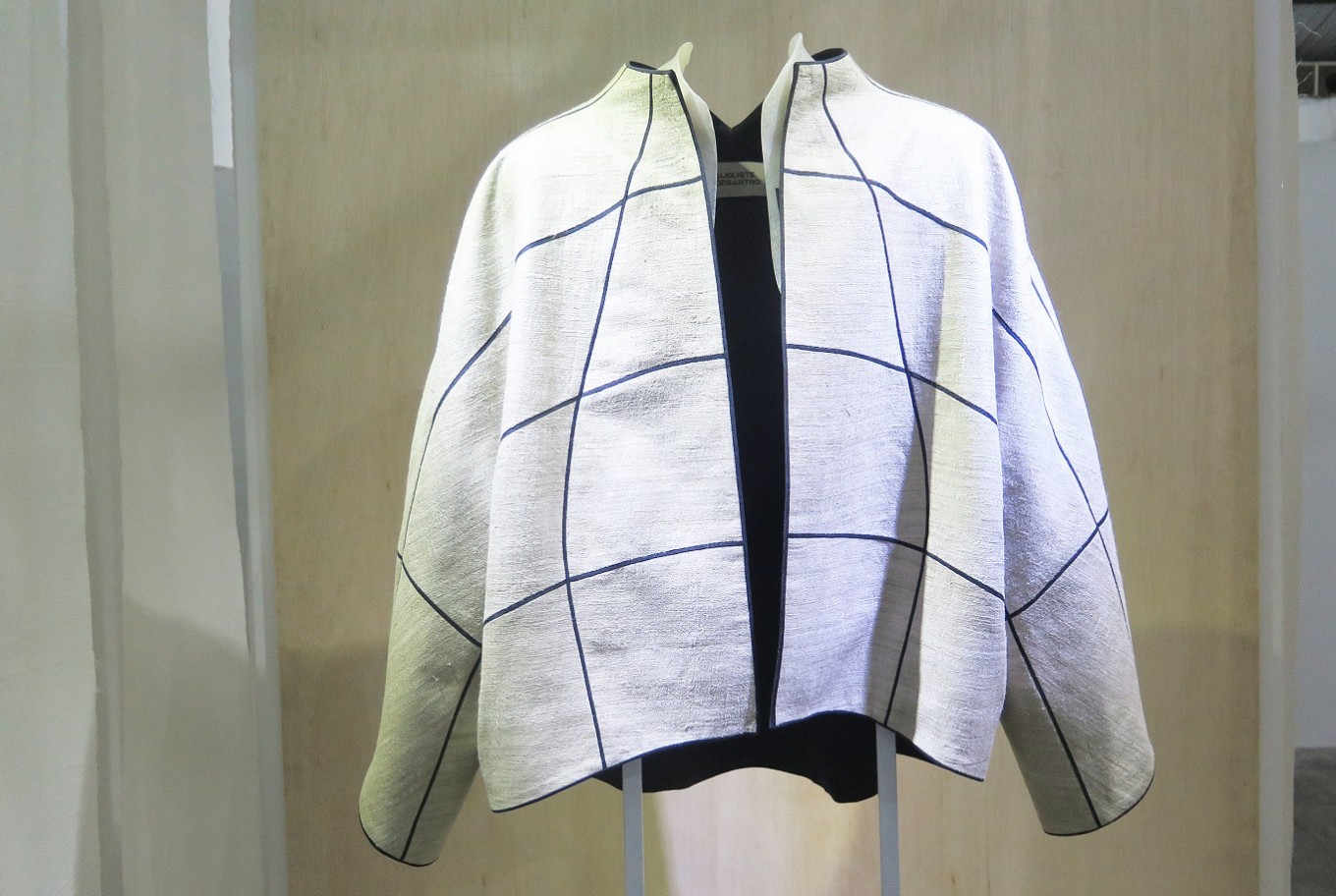
However, many traditional batik manufacturers have abandoned their old batik-making processes in favor of quicker and cheaper methods by using chemical substances.
“In Pekalongan, Central Java, I met batik makers whose hands were swollen because they are often exposed to chemicals,” she said.
“They are also badly paid. In a workshop, I meet a worker who told me that she was paid Rp 10,000 [less than US$1] to 30,000 a day.”
In Pekalongan, batik makers still use naphtol as a coloring agent for dyeing batik. The chemical substance has been banned in the United States and Europe and has polluted local rivers.
“The river is smelly,” Aprina recalled from her visit to the city in 2016.
According to environmentalist Lucy Siegle, the textile industry is among the top 10 industries that pollute and consume the most water.
Recent World Bank statistics state that approximately 20 percent of global industrial water pollution comes from the textile industry.
Indonesia, home to 13,466 registered islands and 5,590 rivers, has the potential to become one of the biggest slow fashion producers in the world. However, only 2 percent of river water is of good quality, according to a report from the Ministry of Public Work’s Natural Resources General Directorate.
Citarum River, the longest and largest river in West Java, is named one of the dirtiest rivers in the world. Sixty percent of local textile factories are located there.
The status is worrisome because the 40 million people who rely on the river use 80 percent of their water for drinking, according to Greenpeace.

In the past, water and the textile industry had an intimate relationship. The name of Citarum River, for example, comes from the natural dye called Tarum, commonly known as ‘Indigo’. However, in 1905, imported synthetic dyes were introduced to textile manufacturers, replacing the use of natural dyes.
To save the planet, many Indonesian designers and brands have joined the slow fashion movement. These brands include Kana from Tangerang, Banten; Osem from Jakarta and Cinta Bumi Artisans from Bali. Many of Kana’s products have one-size-fits-all measurements to avoid excess production. The brand also utilizes less supporting fittings for its products, avoiding zippers, buttons and other materials. It also chooses fabrics that require less water to wash and do not need to be ironed, saving energy and water.
“Kana also has a system to accommodate rainwater that is collected in tanks and then used for production,” said Aprina.
Over the last five years, slow fashion has become an important discussion topic in Indonesia. Fashion Futures and Sustainable Fashion Forum, for example, was held during Jakarta Fashion Week in October last year. In addition, FAIR, a movement promoting and developing sustainable and ethical fashion, has also been established.

